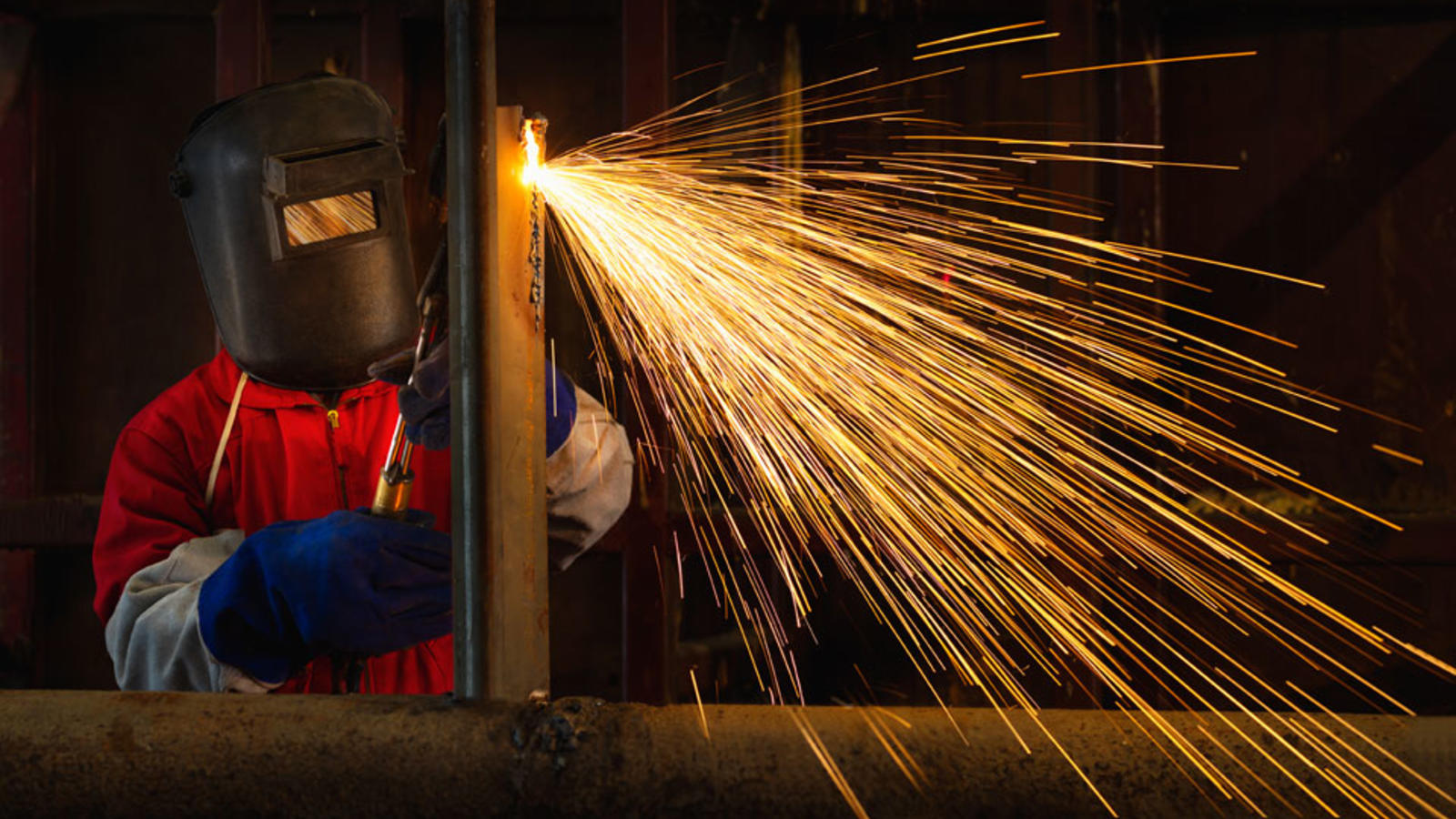Developing a Welding WPS: Step-by-Step Instructions for Professionals
Wiki Article
The Ultimate Overview to Welding WPS Procedures: A Thorough Summary for Welders
In the detailed world of welding, Welding Treatment Specs (WPS) serve as the foundation of guaranteeing top quality, uniformity, and safety in welding procedures (welding WPS). As we dig into the different components of a WPS and discover the intricacies of credentials and certification, we will reveal the essential role these procedures play in the world of welding.Importance of WPS Procedures
Understanding the relevance of Welding Treatment Specifications (WPS) procedures is essential for ensuring the quality and integrity of bonded frameworks. WPS procedures function as a roadmap for welders, describing the essential steps, parameters, and products called for to achieve a sound weld. By adhering to WPS standards, welders can make certain uniformity in their work, causing structurally audio and reputable welds.One of the main factors why WPS treatments are essential is their role in keeping weld high quality and honesty. Following the specified welding criteria and methods outlined in the WPS aids avoid defects such as porosity, fracturing, or insufficient fusion, which can jeopardize the stamina and resilience of the weld.

Elements of a WPS
A Welding Treatment Specification (WPS) generally consists of essential parts that information the particular needs for executing a weld, ensuring consistency and quality in the welding process. The essential components of a WPS consist of crucial variables such as base steels, filler metals, preheat and interpass temperatures, welding procedures, shielding gases, welding placements, and post-weld warmth therapy requirements.Base steels describe the products being joined, while filler steels are used to load the void in between the base steels throughout welding. Preheat and interpass temperatures are crucial for controlling the warmth input and protecting against concerns like cracking or distortion. The welding procedure lays out the particular method to be utilized, whether it's gas steel arc welding (GMAW), protected metal arc welding (SMAW), or another approach. Protecting gases secure the weld pool from atmospheric contamination. Welding positions specify the alignments in which welding can be performed. Post-weld warm treatment may be required to soothe stresses and boost the weld's homes. A complete understanding of these components is important for developing a reliable and thorough WPS.

Certification and Certification
Having developed the essential elements of a Welding Procedure Spec (WPS), the emphasis now shifts in the direction of the vital elements of qualification and accreditation in welding practices.
Qualification, on the various other hand, is the official recognition of a welder's credentials by a relevant qualification body or company. Welding accreditations are commonly based on the specific welding processes, materials, and settings a welder is qualified to work with. Holding a legitimate welding certification demonstrates that a welder fulfills industry criteria and is proficient to execute welding jobs to the needed requirements.
Producing a WPS
To develop a Welding Procedure Spec (WPS) that meets industry criteria, cautious factor to consider of welding procedures, products, and functional parameters is essential (welding WPS). The initial step in developing a WPS is to determine the welding process to be utilized, such as gas metal arc welding (GMAW) or secured steel arc welding (SMAW) Once the welding process is established, the next crucial element is choosing the suitable materials, taking into consideration elements like base metal type, thickness, and joint layout. Operational specifications such as welding existing, voltage, traveling speed, and shielding gas make-up should also be meticulously specified in the WPS.Carrying Out and Keeping Track Of WPS
Upon settling the detailed Welding Treatment Specification (WPS) that diligently information welding processes, materials, functional parameters, and high quality guarantee procedures, the focus moves to properly executing and keeping track of the well-known treatments. Execution entails ensuring that all welders included in the project are acquainted with the WPS and follow it carefully throughout the welding procedure. Effective application and monitoring of the WPS are critical for ensuring the stability, strength, and safety and security of the bonded joints, eventually adding to the overall success of the welding job.Conclusion
To conclude, understanding and adhering to Welding Treatment Specifications (WPS) is crucial for welders to ensure high quality, uniformity, and safety and security in their work. By recognizing the parts of a WPS, obtaining correct credentials and certifications, creating detailed treatments, and executing and checking them successfully, welders can improve their skills and efficiency in welding methods. Adhering to WPS procedures is vital for generating high-grade welds my link and meeting sector criteria.
In the elaborate globe of welding, Welding Treatment Specifications (WPS) serve as the backbone of ensuring top quality, uniformity, and safety in welding operations. The welding procedure lays out the particular technique to be used, whether it's gas metal arc welding (GMAW), secured metal arc welding (SMAW), or one more approach.To create a Welding Procedure Spec (WPS) that satisfies sector criteria, cautious factor to consider of welding processes, products, and functional specifications is vital. The initial step in creating a WPS is to identify the welding procedure to be made my sources use of, such as gas steel arc welding (GMAW) or shielded metal arc welding (SMAW)Upon settling the Learn More comprehensive Welding Treatment Specification (WPS) that meticulously details welding procedures, materials, operational criteria, and quality assurance steps, the emphasis moves to efficiently applying and keeping an eye on the well established procedures.
Report this wiki page